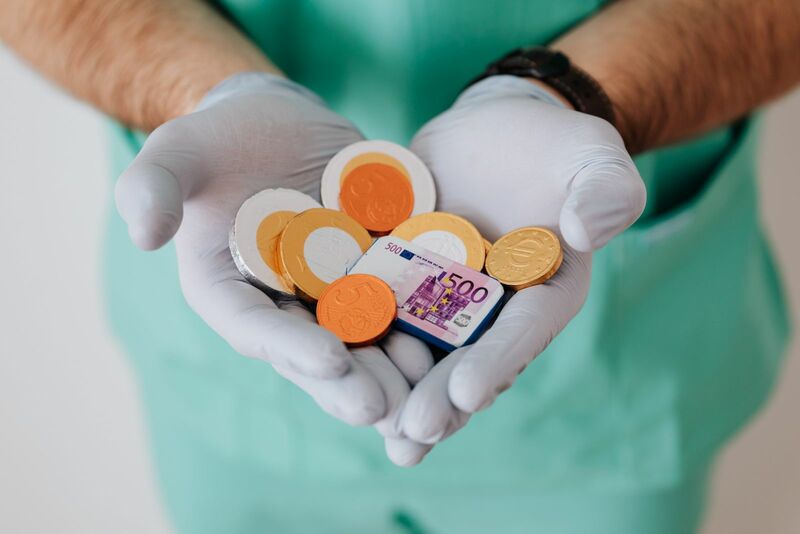
Valued at a market cap of $546.47 billion, Eli Lilly (LLY) is among the largest healthcare companies globally. It is engaged in the discovery, development, manufacture, and sales of pharmaceutical products, ranging from diabetes and oncology to immunology and neuroscience.
One of the key drivers of Eli Lilly’s top-line growth recently is its type 2 diabetes treatment, Mounjaro, which was approved in May 2022. The drug is widely used off-label as a weight-loss aid, and competes against Novo Nordisk's (NVO) blockbuster offerings, Ozempic and Wegovy.
Since the Mounjaro approval, Eli Lilly stock has surged 98.9%. After accounting for dividends, the shares have more than doubled on a total return basis over this period - crushing the performance of the S&P 500 Index ($SPX) during this time frame.

Longer-term, Eli Lilly stock has created massive wealth for shareholders, rising 1,243% in the last decade, compared to the S&P 500 returns of “just” 212.7%. That means $1,000 invested in LLY 10 years ago would be worth over $13,000 today.
But is LLY still a good buy today? Let's take a look.
Eli Lilly's Pipeline, By the Numbers
Eli Lilly is involved in healthcare segments such as diabetes and obesity care, both of which are issues with robust global demand that's expected to remain strong going forward. For instance, J.P. Morgan (JPM) expects demand for obesity-related drugs could soar to $100 billion by 2030, up from just $3 billion in 2022.
The pharma giant ended 2022 with $28.5 billion in sales, providing the company with upside to increase sales going forward. Moreover, the healthcare sector is fairly recession-resistant, enabling Eli Lilly and its peers to generate cash flows across market cycles.
In fact, Eli Lilly’s robust cash flows helped the shares to gain over 30% in 2022, even as the broader S&P 500 entered bear-market territory. Those steady cash flows also allow Eli Lilly to pay shareholders an annual dividend of $4.52 per share, translating to a dividend yield of 0.76% - and the company has increased its dividend for 10 consecutive years.
The company is betting big on future growth for its diabetes medicine, Mounjaro, which generated close to $1 billion in revenue in Q2 of 2023. Looking ahead, there is a high chance for Mounjaro to receive future FDA approval as a weight loss drug, as it has already proved successful at treating obesity in late-stage trials.
Justifying LLY's Valuation
It's quite evident that Eli Lilly is tapped into multiple growth markets, making it an ideal long-term buy today. Eli Lilly continues to expand its portfolio of game-changing drugs and is on track to enter the market for Alzheimer's therapy, which might grow to $13 billion by the end of the current decade.
Despite its massive size, Eli Lilly is forecast to increase sales from $28.5 billion in 2022 to $33.56 billion in 2023 and $39.05 billion in 2024. Adjusted earnings per share are estimated to rise from $7.94 to $12.66 over this period.
Priced at 45x 2024 earnings and 14x 2024 sales, LLY is quite expensive. But quality growth stocks command a premium valuation, and Wall Street forecasts the company to expand earnings by 24.8% annually in the next five years.
Out of the 18 analysts covering Eli Lilly stock, 16 recommend “strong buy,” 1 recommends “moderate buy,” and one recommends “hold.” The average price target for LLY stock is $569.53, which is marginally lower than the stock's current trading price.








